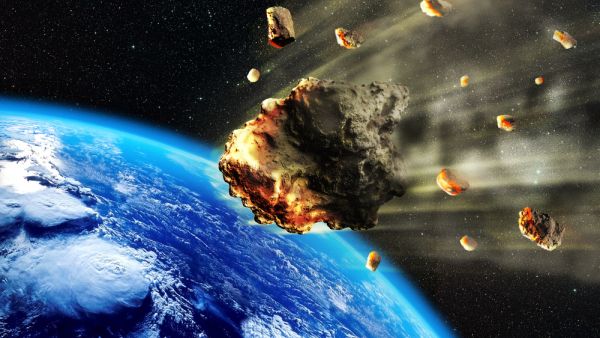A large asteroid around 0.9 kilometers (.56 miles) wide will pass close by the Earth on March 21, US space agency NASA said Thursday.
Called 2001 FO32, it will make its closest approach to the Earth at a distance of 2 million kilometers (1.25 million miles), according to the NASA-owned Jet Propulsion Laboratory (JPL), managed by the California Institute of Technology.
Q: What do we consider “near” Earth?
— NASA (@NASA) March 14, 2021
A: About 30 million miles.
There’s nothing to fear when it comes to Near Earth Objects (NEOs). Find out how our Planetary Defense Coordination office maintains watch for comets and asteroids in our latest tumblr post: https://t.co/V8fmjvids8 pic.twitter.com/uWOBGhjqVk
The distance is more than five times the distance from Earth to the Moon, and there is no risk that the asteroid will collide with our planet, but its close proximity will give astronomers a rare opportunity to observe this rocky relic that formed at the dawn of our solar system, JPL said.
"There is no chance the asteroid will get any closer to Earth than 1.25 million miles," reassured Paul Chodas, director of the Center for Near Earth Object Studies at JPL, in a statement.
Even with millions of asteroids, avg separation in the main belt is >2 million miles (8X distance to the Moon). pic.twitter.com/uu8cIEBmol
— Andrew Rader (@marsrader) March 12, 2021
The asteroid is estimated to pass the Earth at a velocity of 124,000 kilometers (77,000 miles) per hour, which is faster than the speed most asteroids encounter our planet.
JPL said the massive rock will not come this close to the Earth until the year 2052, when it will pass us by a distance of 1.75 million miles (2.8 million kilometers).
This article has been adapted from its original source.








